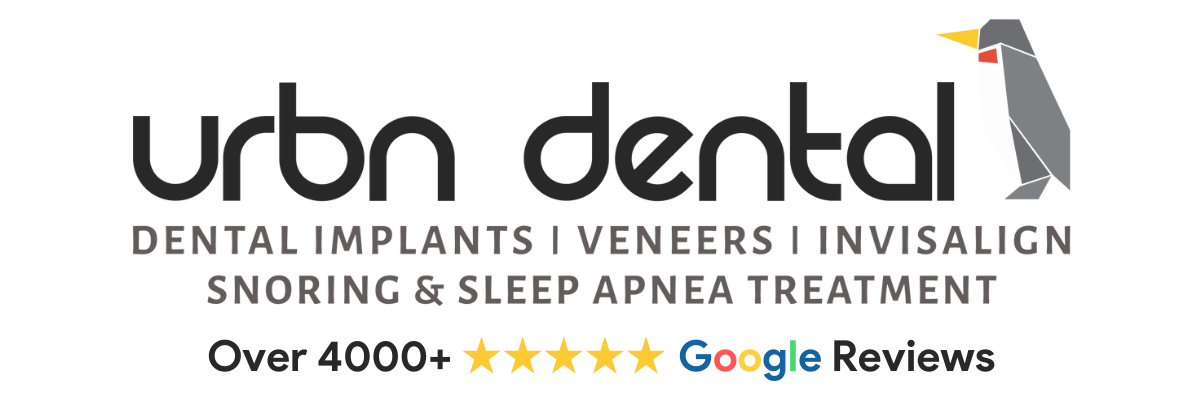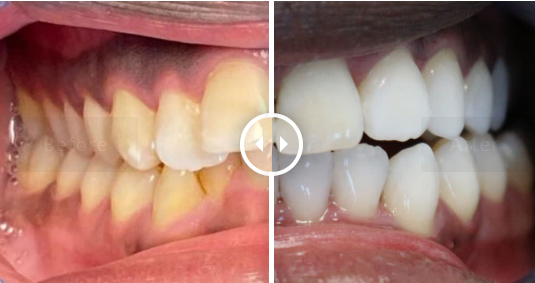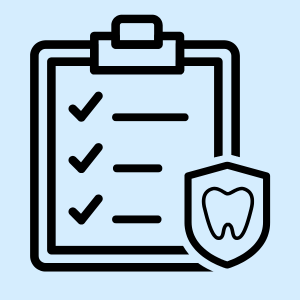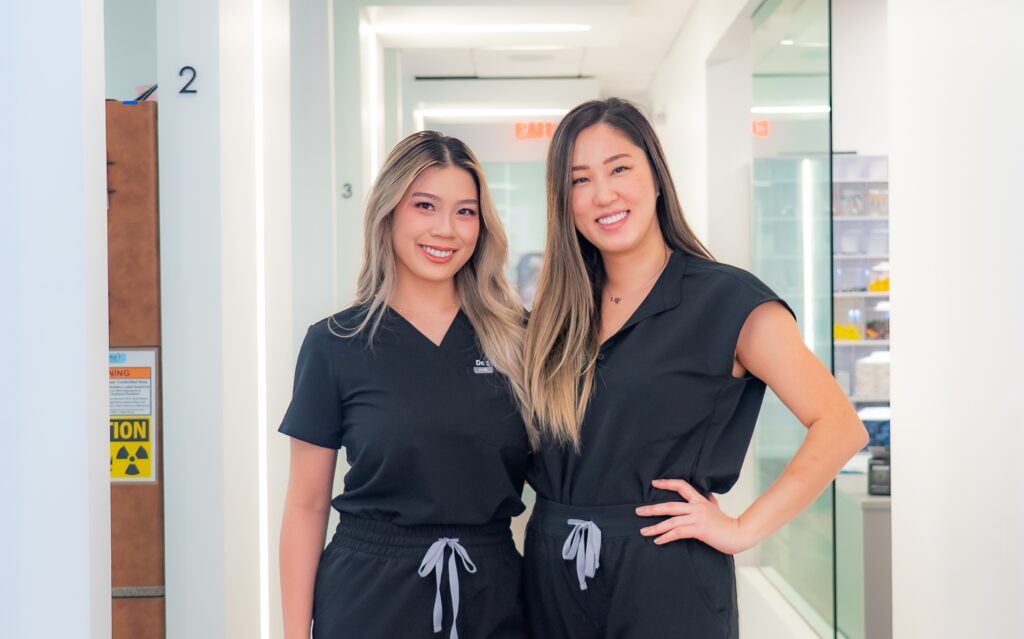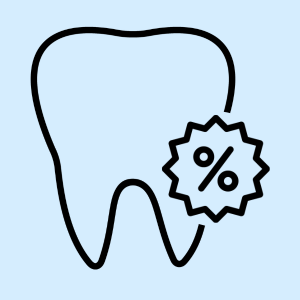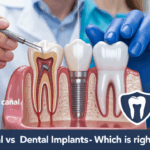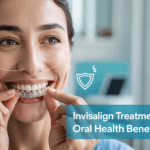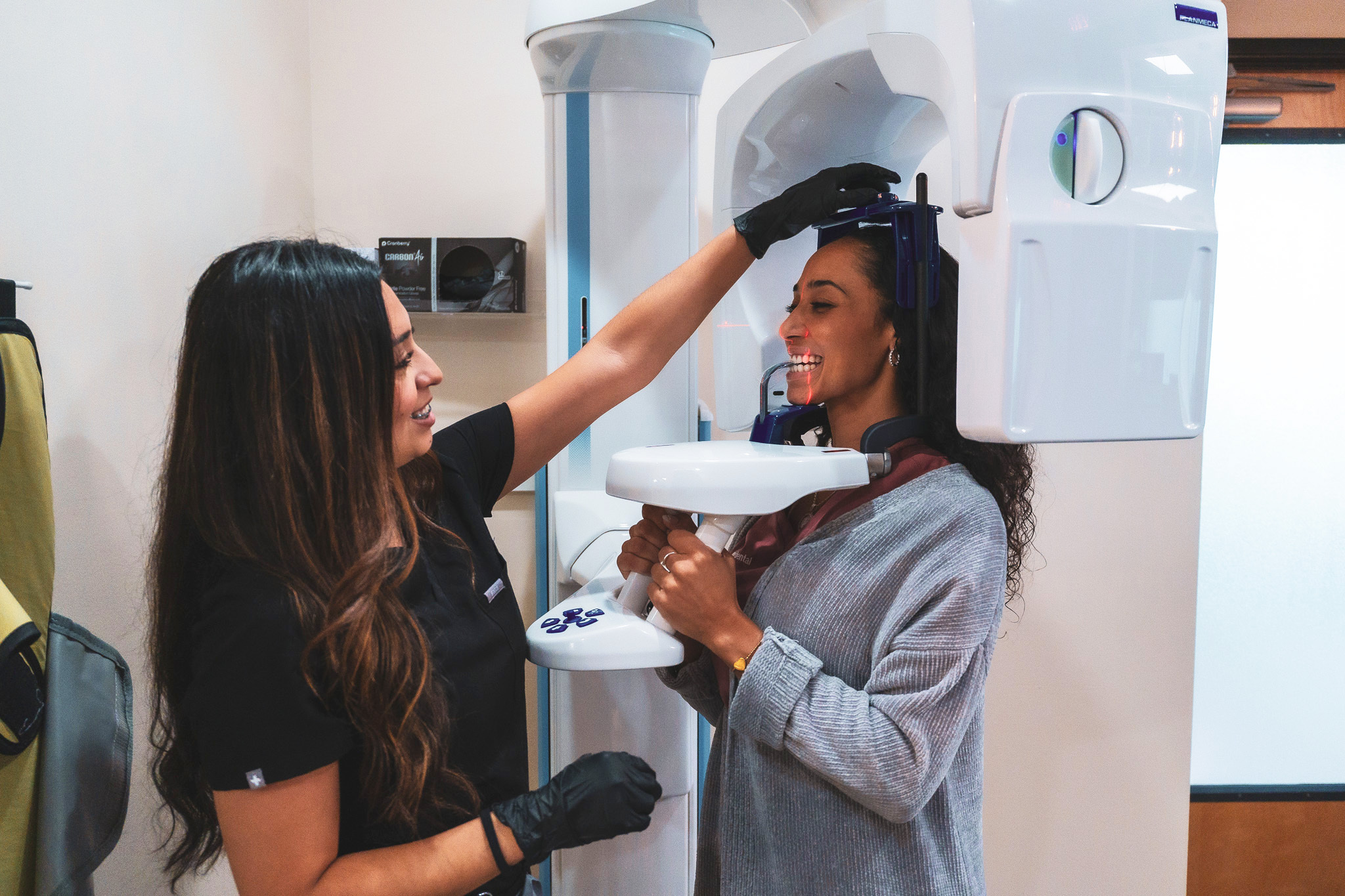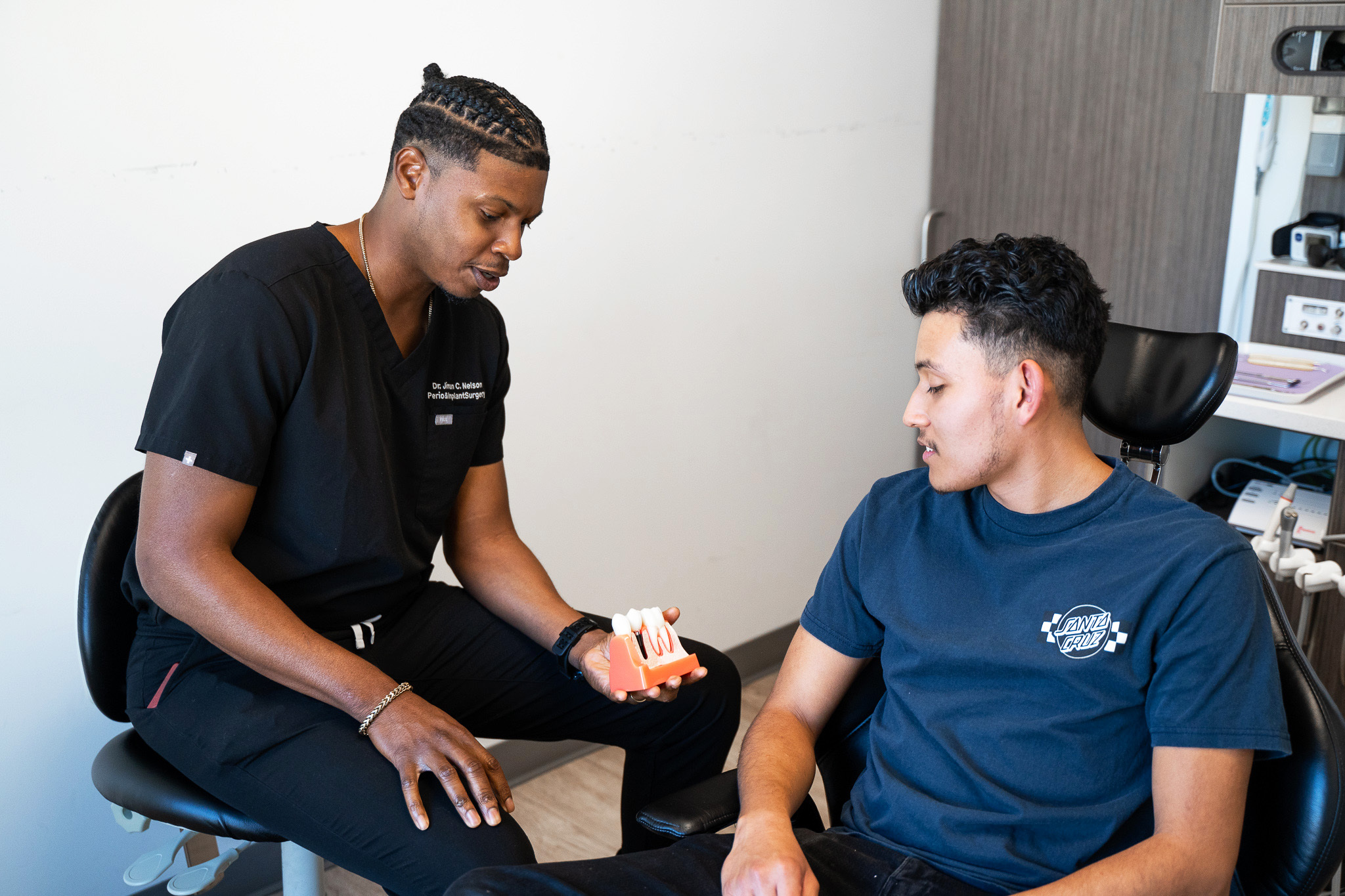Having your teeth straightened is a very important decision! With straight teeth, you can have an easy time maintaining your overall oral hygiene. Also, straight teeth reduce the risks for gum disease and tooth decay.
Things to Consider
There is no doubt both orthodontic treatment methods are effective in correcting orthodontic issues, but there are several things you should consider when selecting a highly recommended treatment for you. They include;
- How severe the orthodontic issue is?
Unlike traditional braces, Invisalign® may not correct complex issues such as back tooth problems, existing bridgework, or when you require vertical movement of teeth or tooth rotation. In fact, braces are quite effective when treating complex issues.
- Dental hygiene
Are you good at taking care of your overall dental health! Some people lack the discipline required to maintain Invisalign®. Of course, Invisalign® are removable, but you will have to be disciplined because have to wear them at least twenty-two hours a day. But in case you are forgetful, then metal braces are a highly recommended treatment for you, because they can’t be removed, and the dentist will remove them when the treatment is complete.
- Is appearance important to you?
If appearance is very important to you, then you shouldn’t go for braces unless the issue is complex. Braces are noticeable; People can see the wires used to fix the metal brackets. Thus, Invisalign® can be a great option if appearance is a priority because the aligners are invisible.
- Cost
Often, the cost is an important fact when selecting a highly recommended treatment. Invisalign® treatment is slightly expensive. However, you should talk with your braces dentist near me to determine the highly recommended treatment and the cost too. Your braces dentist near me can provide the most convenient payment plan.
Traditional Metal Braces
The use of braces to correct crowded or crooked teeth is one of the oldest orthodontic treatments. Not only does this treatment straighten teeth, but also helps to keep your teeth clean, enhances your smile, and ensures proper eating and speaking.
Basically, braces aren’t removable! Even though the treatment period for every patient is quite different, the average time it takes to correct the teeth is from 18 months to 3 years. However, you will start to notice some improvements within a few months.
A standard brace consists of four main elements such as archwire, metal brackets, bonding material, and ligature elastic. The braces come with metal brackets. The brackets are fixed on your teeth using wearers! They will have to be tightened now and then so that the steady pressure can get to straighten the teeth eventually. Dental technology has advanced such that traditional braces are now slightly smaller and sleeker as well as more comfortable.
The journey of treating crooked teeth with braces is not that simple. Even though the treatment process isn’t a walk in the park, the end results are worth the endurance. However, a few tips might make the braces work a bit faster; cleaning your mouth properly, avoiding solid foods or cutting them into small pieces that are easy to chew, not using your teeth as pliers, scissors, or bottle openers as well as not biting or chewing inedible items.
When you are about to have the braces for the first time, you might be curious to know whether the procedure will
- Reasons to Prefer Braces
Sometimes braces are better than Invisalign®! Just like Invisalign®, this treatment is common in the dentistry sector and is also most effective. Even though both treatments are the most effective orthodontic treatments, there are some reasons that will make you select braces such as;
- Complex orthodontic issues
The use of braces is the most effective method of treating complex orthodontic issues such as overbite, open-bite, cross-bite, under-bite, overcrowding, and too much spacing.
- Materials used
Braces tend to be more durable than Invisalign®! This is because they are made of metals or ceramic. It is all up to you to choose the material you prefer. The materials aren’t only durable, but also less expensive.
- Follow-up visits
With braces, you just need to visit your braces dentist near me after 4 to 6 weeks, so that the dentist can check the progress and tighten the wires if necessary. On the other hand, Invisalign® requires one to visit the dentist twice per month for a new set of aligners.
- Cost
Traditional metal braces are cheaper than Invisalign®! However, the cost of braces varies from one state to another and from orthodontists to another. The dentist in Uptown Houston and the dentist in Midtown Houston will take care of you and answer any dental questions you may have.
Invisalign®
Invisalign® involves the use of custom-made aligners to straighten crooked or crowded teeth. The aligners are made of smooth plastic and they are invisible. The aligners have to be replaced with a new set after every two weeks. The aligners are removable; therefore they can’t disrupt your daily activities such as eating, drinking, flossing and brushing. Invisalign® is a highly recommended option to correct moderate orthodontic issues for adults, teens, and even kids.
If you are interested in having aligners, you might have gathered all the information about Invisalign® treatment. The Invisalign® treatment might be more comfortable than braces, but does it take long to achieve the results you desire? From the beginning, the treatment looks convenient and comfortable too. The first step you will have to take is visiting your dentist for a consultation. And he will decide whether the treatment is perfect for you. During the next visit, the dentist will take your teeth impression so that he can have the aligners designed for you. After every two weeks, you will need a set of new aligners. The number of aligners you will need during the entire process will depend on how complicated the orthodontic issue is.
The main benefits of Invisalign® are the fact that the aligners can be removable when eating or brushing, and are also completely unnoticeable. Actually, that is the advantages they have over braces. Another pro of aligners is that, unlike braces, they are quite comfortable, because they are made of smooth plastic. Braces tend to irritate the cheeks and gums, but with aligners, nothing like this can happen.
In case the teeth are not complete, then this gentle treatment is the highly recommended option. The average period that a patient will need varies from case to case. How long the treatment will take will depend on how serious the case is, and maintenance. On average the treatment process will last about 6 months to 18 months.
With braces, you will have issues with food and other substances being stuck between the wires and brackets, but with Invisalign® you won’t have such cases because they are removable. Also, brushing and flossing your teeth regularly won’t be a problem, since you can remove the aligners and clean your teeth thoroughly. Also, you can get to keep the aligners clean using the brush provided by the dentist and lukewarm water. Actually, cleaning the aligners should be a regular dental hygiene routine.
Just like braces, you will have to visit your braces dentist near me as recommended, but in this case, you need to visit the dentist at least twice a month for a new set of aligners. Not changing the aligners on time or attending the follow-up visit can slow down the treatment progress.
Reasons to Prefer Invisalign®
Both braces and Invisalign® are effective in correcting orthodontic issues. However, sometimes Invisalign® tends to be the perfect option. What are some of the reasons one should prefer Invisalign®?
- They are virtually invisible
Invisalign® has aesthetic advantages over traditional metal braces. Thus, you don’t have to worry about your appearance.
- More comfortable
Aligners are made of smooth plastic, which makes them more comfortable for the wearer. With aligners, few cases of gum and cheek irritation have been reported.
- Are removable
The wires used to fix the metal brackets make it very hard to brush or floss the teeth properly. But when it comes to Invisalign® the aligners are removable. You can floss or brush your teeth without disruption. Also, you can remove the aligners when eating or drinking. However, you don’t have to remove them when drinking water. Another thing is that you can remove the aligners for cleaning. Brush them and rinse with warm water.
- Easy to maintain
What makes aligners easy to maintain is the fact that you can remove and clean them daily.
The basic Differences between Braces and Invisalign®
The most noticeable difference between braces and Invisalign® is the fact that the braces involve metal brackets, elastic, or wires, while Invisalign® Houston is made of clear plastic. Another thing is that the aligners are removable; with aligners, you can remove them to eat or drink and to brush or floss your teeth. Each set is worn and replaced after two weeks. Braces are removed from the braces dentist near me for examination. In other words, you can’t remove them when doing your daily activities.
Traditional metal braces have been in the dental world for decades, and have become very popular over the years as one of the highly recommended orthodontic treatments for straightening teeth and enhancing dental appearance. On the other hand, Invisalign® is one of the latest orthodontic treatments. It might be a much newer treatment, but it was launched decades ago. Nevertheless, over the years, it has gained popularity due to its effectiveness. In addition, braces are quite noticeable, while Invisalign® is designed to be unnoticeable.
Final Verdict
When it comes to treating orthodontic issues, the argument is more of between braces and Invisalign® which one is more effective. Although both treatments can help to correct crowded or crooked teeth, in some cases, one might work better than the other. For instance, in the case of complex orthodontic issues, you should go for braces. Invisalign® helps to correct orthodontic issues that aren’t quite serious. However, you should consult your braces dentist near me at URBN Dental, and he will examine your problem and determine a highly recommended treatment for you.
